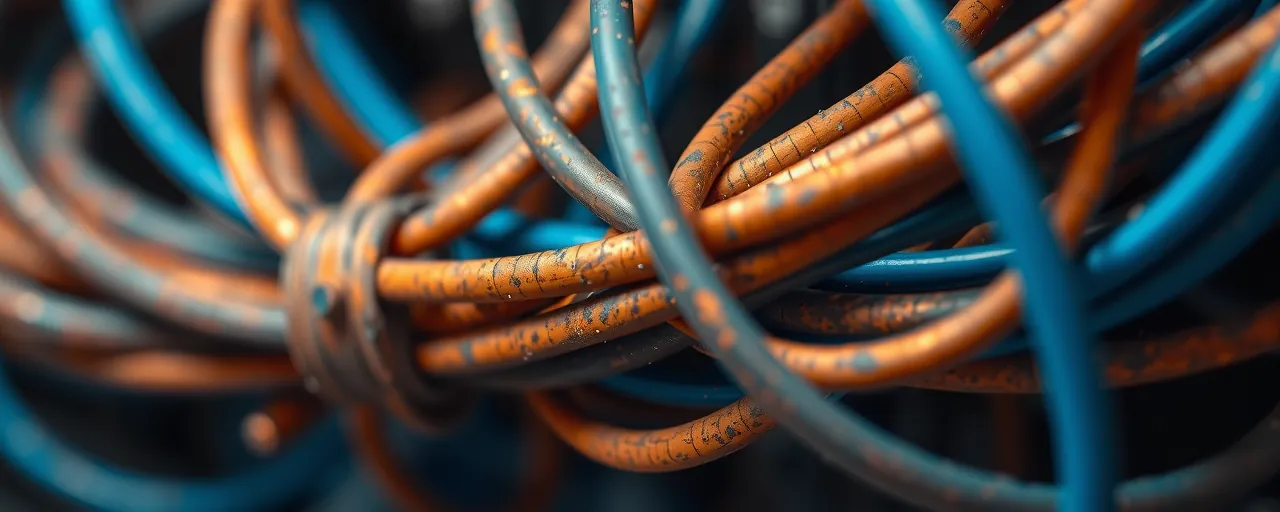Chaos in the Air
Travelers at Newark Liberty International Airport have hit rough skies this spring. Flights are delayed, connections vanish, and schedules unravel. Since late April 2025, the Federal Aviation Administration has flagged a tangle of issues: runway construction, telecommunications breakdowns, and staffing shortages at the Philadelphia TRACON facility, which directs planes in and out of Newark. For passengers caught in the mess, the question is simple: what’s causing this, and when will it end?
The FAA’s updates tell a story of strain. On May 5, they noted an aging air traffic control system pushing controllers to their limits. A 90-second telecom outage on May 9 slowed flights, followed by another glitch two days later. Each incident, though brief, exposes cracks in the aviation network. For travelers, these hiccups translate into hours of frustration and disrupted plans.
What’s Breaking Down
Outdated technology lies at the core of Newark’s woes. Many FAA systems, built in the 1990s, rely on copper wiring that can’t keep up with today’s data needs. The Philadelphia TRACON, for example, pulls radar data from a New York hub, a setup vulnerable to outages. When systems fail, backups sometimes stumble, forcing the FAA to throttle arrivals for safety. Runway repairs, closing a major departure strip until mid-June, further clog the system.
Staffing gaps make matters worse. Only 22 fully certified controllers manage Newark’s airspace at Philadelphia TRACON, with 21 trainees still in training. Some controllers, rattled by repeated outages, have taken leave to cope with stress. With new controllers needing years to qualify and a nationwide shortage of 3,000, the FAA faces a steep climb. These aren’t isolated issues—they reflect decades of underfunding across the aviation system.
The Ripple Effects
Delays hit travelers hard. Beyond the inconvenience, missed flights mean lost work, canceled trips, or extra costs for hotels and transport. The elderly, disabled, and those with tight budgets often face the worst of it, stuck in terminals with dwindling options. Airlines, meanwhile, bleed millions monthly on rerouting, refunds, and lost revenue. The economic fallout spreads—businesses lose productivity, and tourism around Newark takes a hit.
History shows these disruptions aren’t new. From Denver’s 1987 gridlock to earlier New York outages, aviation hiccups have long tested patience. Each crisis chips away at trust in air travel. Passengers rethink loyalty to airlines, and businesses weigh alternatives. The FAA’s website offers real-time updates, but for those stranded, information doesn’t erase the stress of a delayed flight.
Fixing the Skies
The FAA is taking action. They’re swapping copper wires for high-speed fiber optics and adding redundant data lines to prevent outages. A temporary radar hub at Philadelphia TRACON will help until a permanent fix is in place. Hiring is ramping up, with training classes set through July 2026. A May 14 meeting with airlines aims to trim flight schedules, aligning them with safe capacity to ease gridlock.
Congress is weighing in. Some lawmakers propose $15 billion to overhaul FAA systems, leaning on one-time funds and private partnerships. Others push for $18.5 billion to upgrade radars, build digital towers, and train more controllers, while safeguarding environmental programs. Both sides back modern tools—like satellite navigation and AI traffic systems—to improve safety and flow. Yet funding disputes could stall these plans.
Looking Ahead
Newark’s delays expose a truth: America’s aviation system needs a major upgrade. Old infrastructure, thin staffing, and funding debates aren’t new, but they sting more as travel rebounds. The FAA’s moves—better tech and more controllers—are steps forward, but lasting change demands steady investment and cross-party agreement.
Travelers deserve reliable skies. Each delay erodes the ease we expect from flying. Still, there’s reason for optimism. Tools like digital communications and satellite tracking can transform aviation, making it safer and smoother. If the FAA and lawmakers can align on resources, Newark’s struggles might catalyze broader change.
For now, patience is key. Newark’s airspace is crowded but manageable. With smart investments, the system can meet modern demands. Until then, travelers can stay informed with the FAA’s real-time updates, a small but vital tool for navigating the turbulence.
